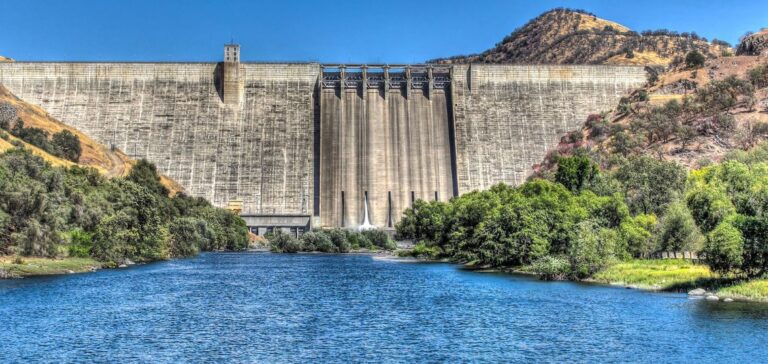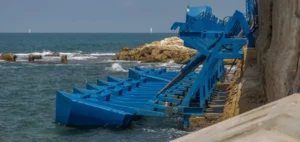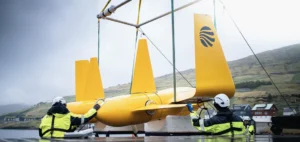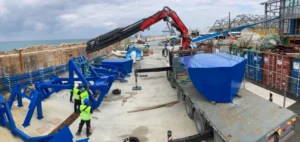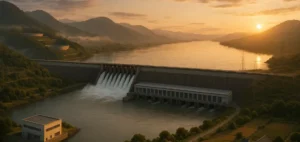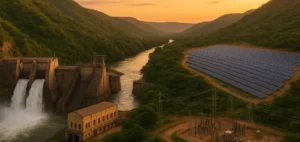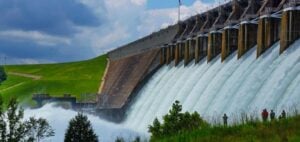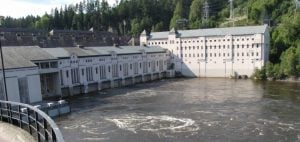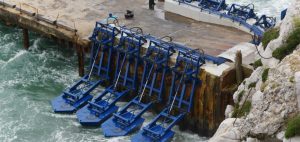The Association of State Dam Safety Officers (ASDSO) has released a report detailing the cost of rehabilitating non-federal dams in the United States.
The law is a step, but insufficient to meet the needs of rehabilitation
According to the report, the cost of rehabilitating these dams is estimated at $157.5 billion. The cost of rehabilitating the most critical dams is estimated at $34.1 billion. Estimates were based on the costs of repairing non-federal dams over the past decade and the estimated costs of future projects, including dam removals.
The report’s findings highlight the urgent need for continued investment in dam rehabilitation. Although the bipartisan infrastructure bill, passed two years ago, provided more than $4 billion for dam rehabilitation, the legislation is only one step in adequately addressing the backlog of dam rehabilitation projects in the country.
ASDSO calls for continued high levels of funding to address the thousands of dams in need of rehabilitation to ensure their safety.
Continued investment is critical to dam safety
Rehabilitation becomes necessary as dams age, engineering standards and techniques improve, and downstream populations and land use change. However, the cost of rehabilitation can be high and is increasing significantly due to a combination of factors, including increased costs of construction materials and labor and the need for more extensive engineering studies and analysis. In addition, the total number of dams requiring rehabilitation is increasing as deficiencies are identified at a faster rate than rehabilitation projects are being completed.
The low completion rate can also be attributed to funding and permitting constraints. ASDSO is a national non-profit organization that serves state dam safety programs and the broader dam safety community. The organization stresses that continued investment is critical to ensuring the safety of the nation’s dams and that we cannot return to previous funding levels, typically less than one percent annually of the investment made in the bipartisan infrastructure law.
In sum, the ASDSO report highlights the need for continued investment in dam rehabilitation to ensure dam safety. While the Bipartisan Infrastructure Act provided an important first step, the backlog of dam rehabilitation projects requires continued funding and support to complete. The country cannot afford to ignore the cost of inaction and must prioritize dam safety to avoid catastrophic consequences.

